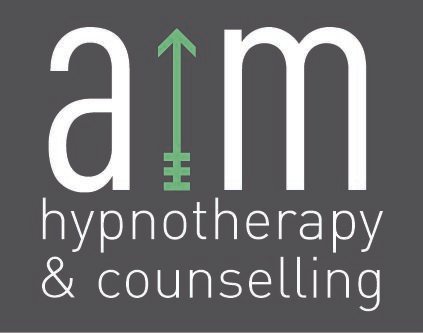Anxiety has become the buzz word to explain all sorts of ailments, from physical discomfort such as headaches and body aches and pains to emotional issues such as depression and feelings of hopelessness. More and more people learning to identify anxiety as a reason for their discomfort and are finding relief from learning their triggers and lower their anxious feelings through a combination of following healthy eating habits, exercise and mindfulness.
Although it appeara as though information about relaxation techniques, mindfulness and healthy living is readily available and accessible they are not as widely accepted as it may appear. In fact there are still many who despite knowing the facts and studies around anxiety and the benefits of lifestyle changes continue to suppress rather than address their anxiety anxious feelings. The coping strategy of suppression may work for some time but it has many drawbacks and can be stressful both emotionally and physically and the main problem with suppressing negative energy, worry, fear and panic is that they inevitable manifest and cause harm to other areas of our lives.
As hypnotherapists we work with people who identify these patterns and who are ready for change. One area we have noticed an increase in are children suffering from excess anxiety, worry, panic or fear and parents who are understandably confused and eager to find them some relief.
With our younger clients our work begins with learning to understand what anxiety is and helping children understand and feel less afraid when they encounter these emotions.
Here is a list by Kathy Eugster, registered child and family counselor on
"How to Identify Children Who May Be Struggling With Anxiety"
She explains that children struggling with excessive anxiety may show the following:
- Pessimism and negative thinking patterns such as imagining the worst, over-exaggerating the negatives, rigidity and inflexibility, self-criticism, guilty thoughts, etc.
- Anger, aggression, restlessness, irritability, tantrums, opposition and defiance
- Constant worry about things that might happen or have happened
- Crying
- Physical complaints such as stomachaches, headaches, fatigue, etc.
- Avoidance behaviors, such as avoiding things or places or refusing to do things or go places
- Sleeping difficulties, such as difficulty falling or staying asleep, nightmares, or night terror
- Perfectionism
- Excessive clinginess and separation anxiety
- Procrastination
- Poor memory and concentration
- Withdrawal from activities and family interactions
- Eating disturbances
While there are many different ways to help a child deal with issues of excessive anxiety we have found that children generally respond very well to hypnosis. When working with children we employ several techniques including talk therapy, drawing exercises and hypnosis. While in a relaxed trance like state children practice breathing exercises and experience the feeling of elevating and then decreasing their worry through their own imagination. By employing these techniques children learn to feel more in control of their thoughts and emotions and often through a few sessions our young clients are able to gain feelings of mastery over their anxiety leading to increases in self esteem and a decrease in worry, panic and fear.

